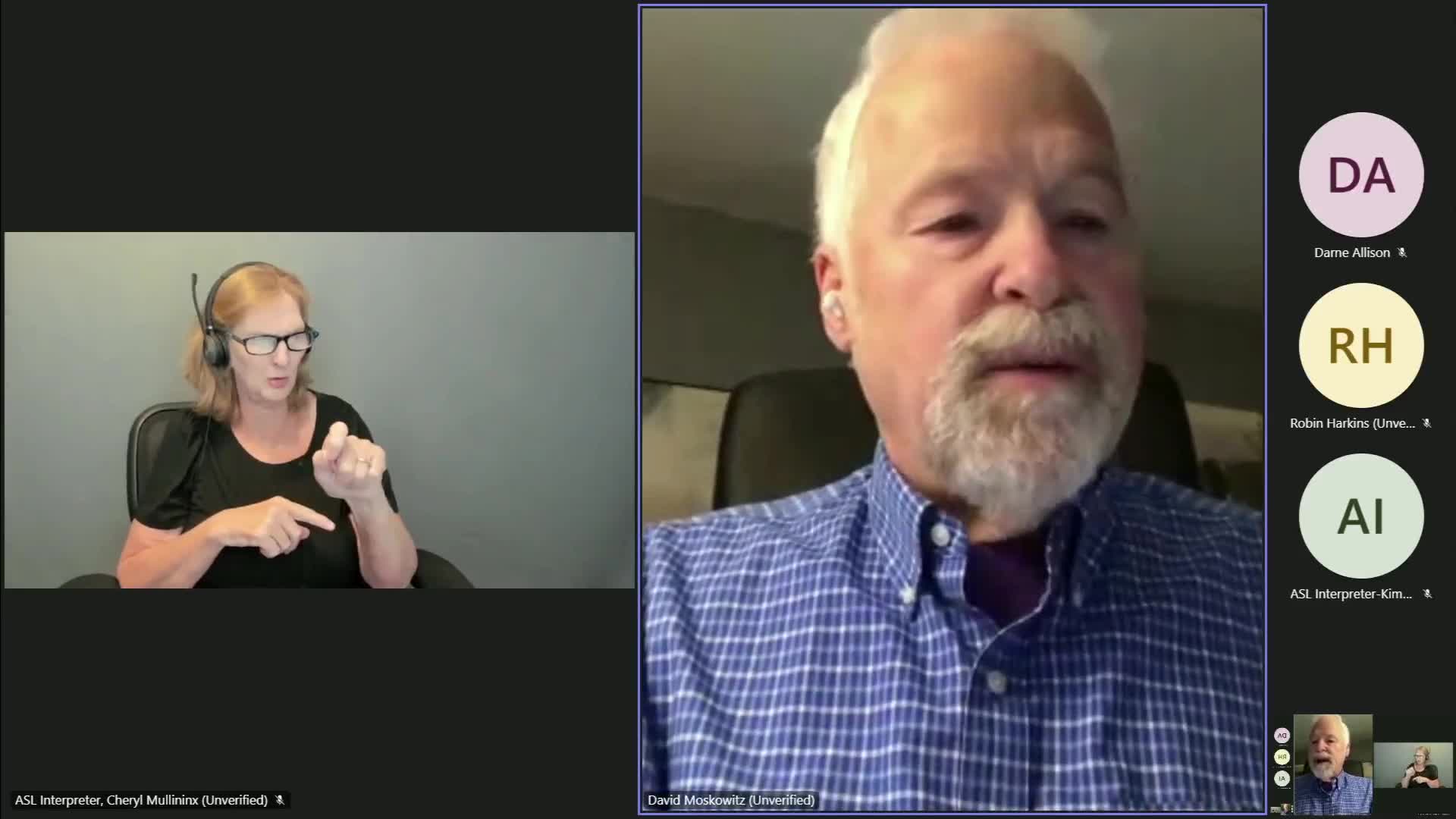Coos County advocates push against expanded hatch box program impacting wild fish
April 23, 2025 | Agriculture, Land Use, Natural Resources, and Water, House of Representatives, Committees, Legislative, Oregon
Thanks to Scribe from Workplace AI , all articles about Oregon are free for you to enjoy throughout 2025!

This article was created by AI using a video recording of the meeting. It summarizes the key points discussed, but for full details and context, please refer to the video of the full meeting. Link to Full Meeting
One of the primary concerns raised was the effectiveness of hatch boxes, a method used to enhance fish populations. Critics argued that while hatch boxes are intended to support wild fish, their overuse could actually hinder the recovery of native salmon populations. A representative emphasized that if hatchery technologies were truly effective, rivers would be teeming with salmon, which is not currently the case. This sentiment reflects a broader skepticism about the reliance on hatchery fish, particularly in light of ongoing recovery plans for wild salmon that have been supported by various environmental groups.
The discussion also touched on the existing constraints of the hatchery program, which some stakeholders believe are outdated. Advocates for expanding the program argued that the current management plan, which is nearing its expiration, does not adequately address the needs of the fish populations in the region. They called for a reevaluation of the program to incorporate modern scientific practices, including genetic testing to monitor fish populations and differentiate between wild and hatchery fish.
Concerns were raised about the potential risks of loosening regulations around hatchery operations. Without proper oversight, there is a fear that hatchery practices could lead to the depletion of wild fish stocks, as resources may be diverted to hatchery production at the expense of natural populations. The importance of maintaining strict guidelines was underscored, as these measures are seen as essential for assessing the success of hatchery initiatives and ensuring that they contribute positively to the ecosystem.
The meeting concluded with a call for further dialogue on the issue, highlighting the need for collaboration between state agencies, tribal representatives, and environmental organizations. As the committee considers the future of hatchery programs, the discussions reflect a critical intersection of science, policy, and community values in the ongoing effort to protect Oregon's natural resources. The outcome of these deliberations will likely have lasting implications for both the local fishing industry and the health of the region's aquatic ecosystems.
Converted from House Committee On Agriculture, Land Use, Natural Resources, and Water 04/23/2025 8:00 AM meeting on April 23, 2025
Link to Full Meeting
Comments
View full meeting
This article is based on a recent meeting—watch the full video and explore the complete transcript for deeper insights into the discussion.
View full meeting
